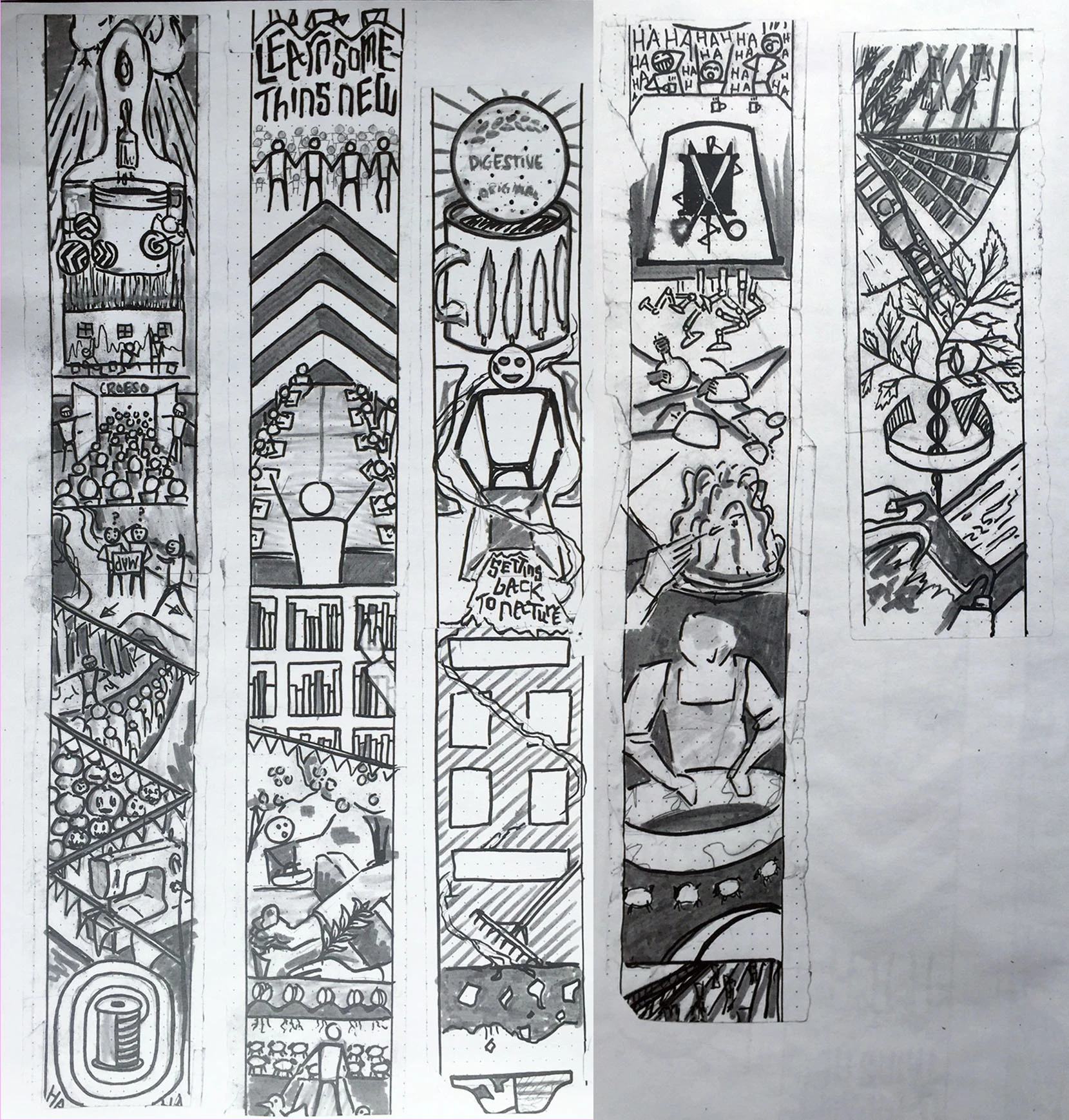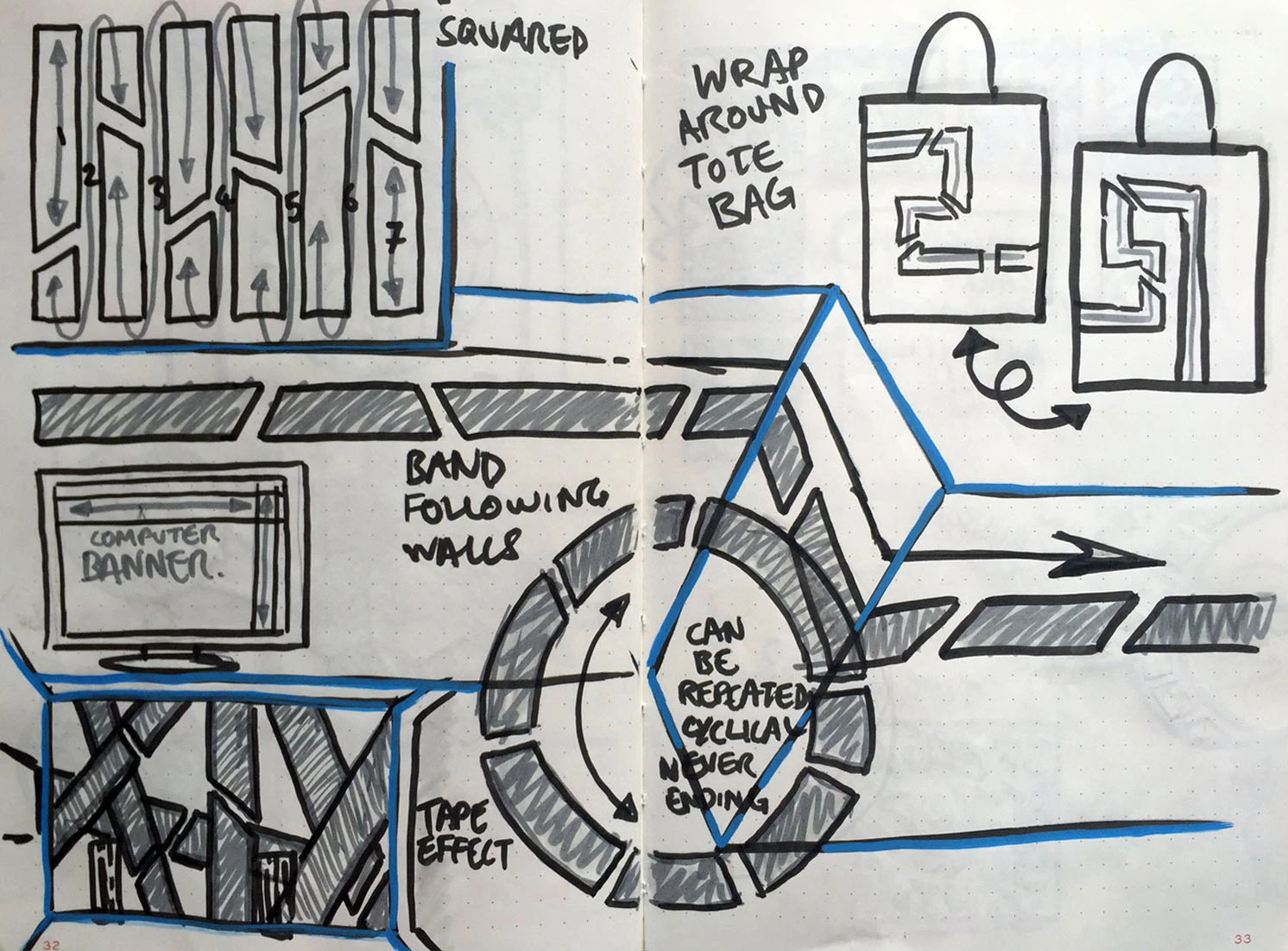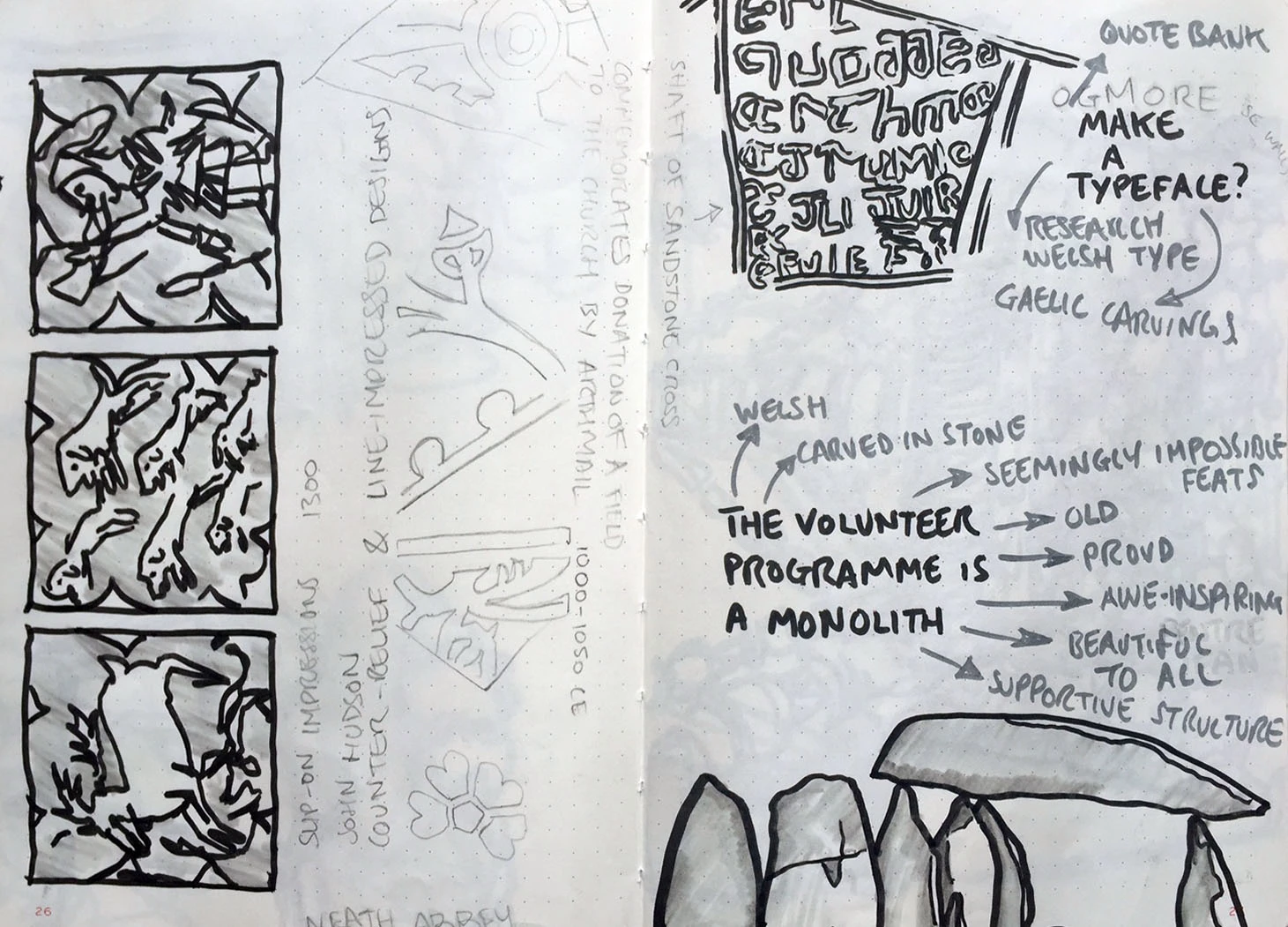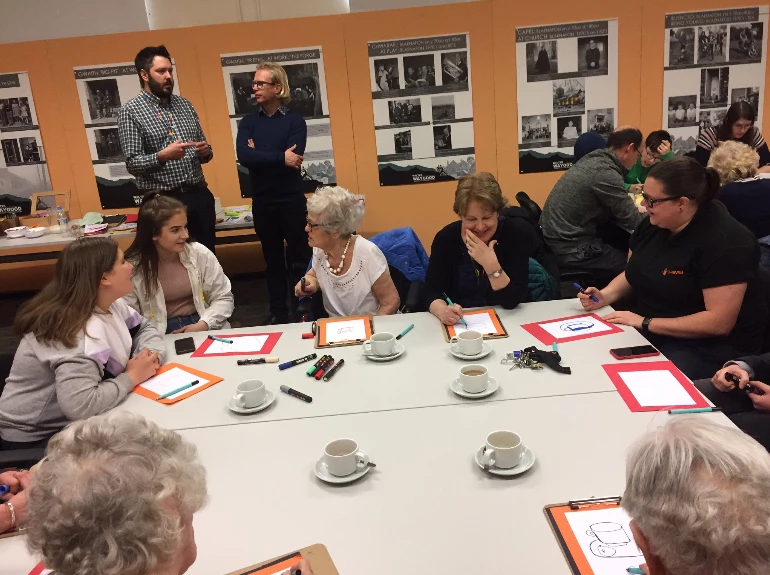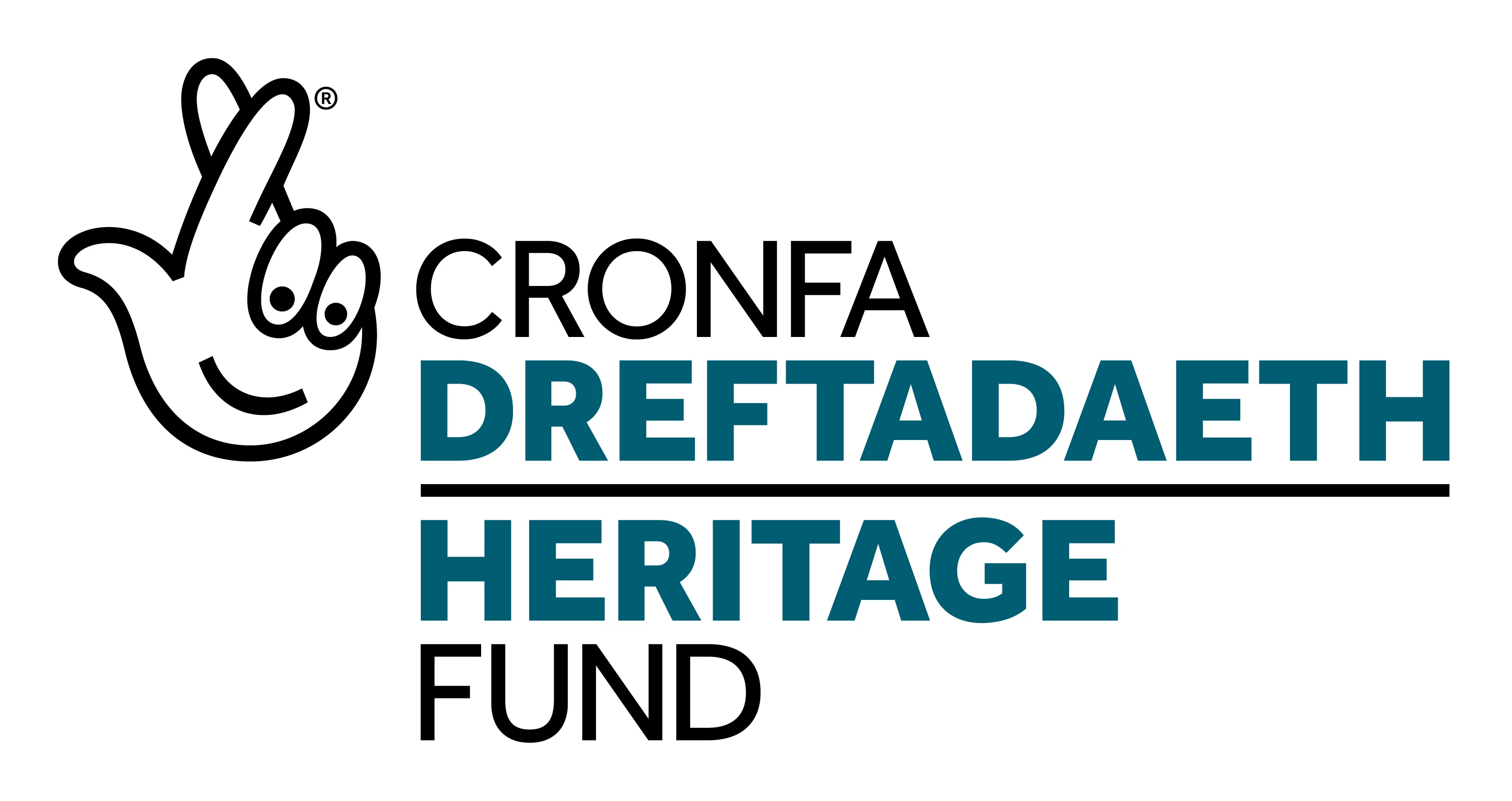Gwen John
‘Hoffwn fynd i fyw yn rhywle lle na fydda i'n cwrdd â neb rwy'n ei nabod tan fy mod mor gryf fel na all pobl na phethau effeithio arna i y tu hwnt i reswm.'
Ganwyd Gwen ar 22 Mehefin 1876 yn Hwlffordd, yn ferch i Edward ac Augusta John. Roedd ganddi frawd hŷn, chwaer iau, a brawd iau, sef yr artist Augustus John. Pan fu farw eu mam yn ifanc, symudodd y teulu i Ddinbych-y-Pysgod, lle rhoddwyd addysg Gwen yn nwylo'r athrawes gartref. Nid ymddengys i'w blynyddoedd cynnar wneud llawer o argraff arni; dywedodd yn ddiweddarach na ddigwyddodd dim o bwys iddi cyn ei bod yn 27 oed.
Mae Gwen yn adnabyddus am ei pherthynas â'r cerflunydd Auguste Rodin, ond cafodd berthnasau rhywiol gyda dynion a menywod yn ystod ei bywyd. Pan fu'n mynychu Ysgol Celf Gain Slade yn Llundain yn y 1890au, datblygodd deimladau angerddol tuag at fenyw anhysbys, a drodd ei chefn ar gariad Gwen yn y pen draw pan ddechreuodd berthynas gyda dyn arall. Bygythiodd Gwen y byddai'n lladd ei hun pe na bai'n dod â'r berthynas arall i ben. Dychwelodd y dyn at ei wraig yn y pen draw, ond roedd y cariad rhwng Gwen a gwrthrych ei serch wedi troi'n gasineb.
Ym 1898, teithiodd Gwen gyda grŵp o ffrindiau i ganolbwynt diwylliant artistig y Byd Gorllewinol ar y pryd: Paris. Cafodd y cyfnod lawer o ddylanwad ar ei chelf, ac ar ddiwedd y cyfnod hwn y paentiodd ei hunanbortread cyntaf.
Drwy gydol ei hoes, bu'n herio ac yn gwthio confensiynau. Ym 1902, penderfynodd hi a'i ffrind, Dorelia McNeil, gerdded i Rufain i astudio yno. Buont yn cysgu ar y strydoedd, ac yn canu a phaentio am eu bwyd. Os yw hyn yn swnio'n fentrus heddiw, roedd yn hollol anhygoel ar adeg pan fyddai menywod fel arfer yn cael eu tywys i bobman gan berthnasau hŷn. Roedd Gwen yn adnabyddus am ganolbwyntio'n ddwys ar ei gwaith hefyd. Roedd hi'n casáu ymyrraeth, ac yn aml roedd yn well ganddi weithio ar ei phen ei hun yn ei hystafell, lle byddai'n canolbwyntio cymaint y byddai'n anghofio bwyta a gorffwys. Roedd hyn oll yn cyfrannu at enw Gwen fel merch unig, a meudwy. Mae'r llythyrau ganddi sydd wedi goroesi hyd heddiw yn datgelu ei bod yn mwynhau cwmni, ond mae'n anodd osgoi'r argraff y byddai Gwen, pe bai'n fyw heddiw, wedi cael diagnosis o syndrom Asperger neu rywbeth tebyg.
Cyfarfu Gwen â Rodin pan oedd ym Mharis unwaith eto ym 1904, a dechreuodd y ddau berthynas a barodd tua 14 mlynedd. Yn ystod yr amser hwn, ysgrifennodd Gwen tua 2000 o lythyrau at Rodin, a byddai'n trefnu ei dyddiau o gwmpas ei ymweliadau, ac weithiau'n sefyll y tu allan i'w dŷ yn edrych amdano. Byddai Rodin yn archwilio rhywioldeb benywaidd yn aml yn ei waith, gan fraslunio Gwen gydag un o'i gynorthwywyr mewn safleoedd erotig. Er bod diddordeb gan Gwen, dywedodd wrth Rodin yn ddiweddarach fod hyn yn ddibwys o gymharu â bod gydag ef.
Yn ddiweddarach, trodd Gwen at Gatholigiaeth. Cwympodd mewn cariad am y tro olaf gyda menyw hŷn o'r enw Véra Oumançoff. Roedd sylwadau obsesiynol Gwen yn mynd dan ei chroen yn gynyddol, ac roedd hi wedi'i dychryn o weld ei bod yn arlunio yn ystod yr Offeren. Yn ystod ei blynyddoedd olaf, daeth hi'n fwyfwy unig, ac ym 1939 gadawodd Baris gyda'i hewyllys a'i chyfarwyddiadau claddu. Claddwyd hi mewn bedd heb garreg pan fu farw, ac aeth trigain mlynedd heibio cyn i fan gorffwys un o artistiaid benywaidd gorau Cymru gael ei ganfod, diolch i raglen deledu ddogfen ITV yn 2015.
'Mae'n anodd i beintwyr fynegi eu hunain â geiriau, yn dydy?'
Sarah Jane Rees//Cranogwen
'...Ymhongarwch ym mhawb, meibion a merched yn ogystal â'i gilydd, ydyw ceisio bod yr hyn nad ydynt; a cholled ydyw i un beidio bod yr hyn ydyw.'
Ganwyd Sarah ar 9 Ionawr 1839 yn Llangrannog, Sir Aberteifi, y pentref a ysbrydolodd ei henw barddol yn ddiweddarach. Yn ei hysgrifau hunangofiannol diweddarach, honnai y bu gobeithio mawr am enedigaeth merch ar ôl dau fab, ac enwyd hi ar ôl ei nain ar ochr ei thad a oedd yn byw gyda nhw. Yn 15 mlwydd oed, dechreuodd Sarah fynd allan ar y môr gyda'i thad. Nid oedd hyn ynddo'i hun yn anarferol ar y pryd, ond aeth Sarah ymlaen i ysgolion yng Nghei Newydd, Aberteifi, ac yna Llundain, lle cafodd Dystysgrif Meistr mewn Morwriaeth, a ganiatâi iddi fod yn gapten ar long yn unrhyw le yn y byd pe bai'n dymuno.
Yn Eisteddfod 1865 daeth sylw mawr i Sarah pan enillodd wobr fawr am 'gân' gyda'i cherdd 'Y Fodrwy Briodasol'. Mae'r gerdd yn trafod pedair gwraig o'r dosbarth gweithiol yn myfyrio am eu priodasau, ac fe ddaeth i'r brig yn erbyn llenorion gwrywaidd adnabyddus, a oedd yn gwaradwyddo yn ôl y papur newydd lleol. Megis dechrau oedd ei llwyddiant Eisteddfodol, ac aeth ymlaen i ennill gwobr yng Nghaer y flwyddyn ganlynol, cyn ennill y Gadair (y fenyw gyntaf i wneud hynny) yn Eisteddfod leol Aberaeron ym 1873. Tua'r amser yma y bu i Sarah ddioddef trasiedi bersonol sylweddol. Merch i hetiwr oedd Fanny Rees, ac roedd hi, fel Sarah, wedi cyhoeddi gweithiau llenyddol ac wedi symud i Lundain ar gyfer ei haddysg. Dyna lle cafodd hi'r diciâu, a dychwelodd i Gymru ym 1874. I gartref Sarah yr aeth Fanny, ac nid i gartref ei theulu, ac yn ei breichiau hi y bu farw, rhywbeth sy'n awgrymu 'hoffter cryfach na chyfeillgarwch rhyngddynt’ yn ôl bywgraffydd Sarah. Roedd yn amlwg bod Sarah wedi caru'r fenyw hon yn fawr; ac aeth deuddeg mlynedd heibio cyn iddi allu mynd â blodau at fedd Fanny.
Trwy lwyddiant ei hysgrifennu, roedd modd i Sarah adael ei swydd fel athrawes. Cyhoeddodd lyfr o gerddi wedi'i gyflwyno i'w mam o dan ei henw barddol, Cranogwen, a daeth yn olygydd ar y Frythones, sef cylchgrawn i fenywod. Byddai'n defnyddio'r sefyllfa yma i roi cyngor i'w darllenwyr am briodas a rôl menywod yn aml, a bu'n hyrwyddo llenyddiaeth ac addysg menywod yn ddiflino. Pan ofynnodd dwy fenyw o Ddolgellau am ei chyngor ynghylch pa mor briodol yw pregethwyr benywaidd, atebodd Sarah yn ei ffordd gadarn arferol: '...dylai pawb bregethu yr Efengyl y sydd yn teimlo awydd i wneud, ac yn medru gwneud, ac yn cael pobl i wrando.' Ni chafodd ei bywyd erioed ei ddiffinio gan rolau rhywedd traddodiadol, ac felly roedd yr ymateb hwn i'w ddisgwyl. Ar yr adeg hon, ac yn wir drwy ran fwyaf ei bywyd, roedd mewn perthynas hapus â Jane Thomas, a chyflwynodd Sarah ei cherdd enwocaf iddi, sef 'Fy Ffrynd': ‘Carafdi, Fy Ngwener gu, fy Ogwen.’ Ar y pryd, Ogwen oedd y testun benywaidd mewn baled serch boblogaidd. Mae'n amlwg fod Sarah yn gosod ei hun yn rôl y carwr gwrywaidd, ac nid yw'n gadael unrhyw amheuaeth ynghylch natur eu perthynas.
Er gwaetha'i rhywioldeb, roedd Sarah yn Gristion ymroddedig, ac yn ystyried bod cariad rhwng pobl yn 'pelydru o'r gwres yn y fynwes Ddwyfol'. Roedd hi'n pregethu'n aml, er y câi ei darostwng i ddefnyddio sedd y diacon yn aml o achos ei rhywedd. Pan oedd hi'n 60 oed, sefydlodd Undeb Dirwestol Merched y De, ac roedd 140 cangen gan yr Undeb ar draws Cymru erbyn ei marwolaeth. Bu farw ym 1916, yn 81 oed. Sefydlodd yr Undeb loches ar gyfer menywod a merched di-gartref er cof amdani ym 1922, i gydnabod ei hymdrechion di-ddiwedd i wella bywydau menywod Cymru.
‘Nid yw gwahaniaeth rhyw yn ddim yn y byd.'
Jan Morris
'Ro'n i'n dair neu'n bedair mlwydd oed efallai pan sylweddolais fy mod i wedi fy ngeni yn y corff anghywir, ac mai merch ddylwn i fod... dyna yw eiliad gynharaf fy mywyd.'
Ganwyd Jan yn James Humphrey Morris, i dad o Gymru a mam o Clevedon, Somerset ar 2 Hydref 1926. Roedd hi'n ymwybodol ei bod hi'n drawsryweddol o oedran cynnar, ac mae'n cofio bod yn blentyn yn Ysgol Gôr Catherine yn Rhydychen yn gweddïo ar Dduw i'w gwneud hi'n ferch. Ar ôl graddio o Brifysgol Rhydychen, cafodd yrfa fer fel milwr yn ystod misoedd olaf yr Ail Ryfel Byd. Daeth yn ohebydd adnabyddus, ac un o'i llwyddiannau cyntaf oedd torri'r newyddion fod Hillary a Norgay wedi llwyddo i gerdded i fyny Everest ar ddiwrnod coroni'r Frenhines. Wrth ohebu am Argyfwng Suez, hi roddodd y dystiolaeth ddiymwad gyntaf y bu cydweithio rhwng Ffrainc ac Israel i feddiannu tir yr Aifft.
Ond ni wnaeth y teimlad ei bod wedi'i geni yn y corff anghywir ei gadael. Er ei bod yn dal i fyw fel James pan briododd hi; roedd ei gwraig Elizabeth yn gwybod o'r dechrau ei bod yn drawsryweddol, ac mae hi wedi bod yn gefnogaeth iddi ar hyd ei hoes. Cawsant bump o blant; bu farw un ohonynt yn faban. Gyda'i gwraig wrth ei hochr, dechreuodd Jan gymryd camau tuag at ailbennu rhywedd, er i lawer geisio ei hargyhoeddi mae angen ei iacháu oedd hi, neu mai hoyw oedd hi mewn gwirionedd. Ar ôl cael ei hatgyfeirio i Charing Cross, dywedwyd wrthi y byddai'n rhaid iddi hi ac Elizabeth gael ysgariad. Gwrthododd Jan. Yn y pen draw, aeth 'James' i Foroco ym 1972 i gael llawdriniaeth, a daeth yn Jan Morris yn swyddogol. Ddwy flynedd yn ddiweddarach, cyhoeddodd ei llyfr cofiadwy Conundrum, un o'r hunangofiannau cyntaf i drafod materion trawsryweddol ac ailbennu rhywedd.
Er ei bod yn cydnabod bod ei rhywedd fel pwnc yn gysgod dros ei gwaith ar y dechrau, mae hi wedi mynd ymlaen i ysgrifennu tua 46 o lyfrau, gan gynnwys trioleg Pax Britannica. Nid yw'n ystyried bod y llawdriniaeth wedi newid ei hysgrifennu, mewn gwirionedd, 'newidiodd fi lawer yn llai nag o'n i'n arfer meddwl.' Yn y gorffennol, mae ffeminyddion wedi ei beirniadu am symleiddio nodweddion sy'n gysylltiedig â rhywedd, rhywbeth mae hi'n ei gydnabod. Mae'n dweud bod ei safbwyntiau wedi aeddfedu erbyn hyn. Yn 2008, dechreuodd hi ac Elizabeth bartneriaeth sifil ym Mhwllheli, yn agos at eu cartref.
Mae Morris wedi mabwysiadu Cymru'n llwyr erbyn hyn, neu efallai mai Cymru sydd wedi'i mabwysiadu hi. Ar ôl iddi symud i Gymru, cafodd ei derbyn i Orsedd y Beirdd ym 1993, rhywbeth y mae'n ei ystyried fel moment gyda'r balchaf yn ei bywyd. Mae'n ystyried ei hun yn genedlaetholwraig Gymreig, er iddi dderbyn CBE ym 1999 er parch. Mae ei darlun o Gymru'n ymddangos fel petai'n ymylu ar ramantiaeth ar adegau, yn rhywbeth rhyfeddol. Cyn ei llawdriniaeth ailbennu, treuliodd ei haf yn y gogledd, a byddai'n aml yn ymweld â llyn arunig: 'Yno byddwn i'n tynnu fy nillad, ac yn sefyll am ennyd fel ffigur mytholegol...Yn cwympo i goflaid y pwll, [a] weithiau byddwn i'n meddwl y byddai'r chwedl yn dod i ben yn y fan honno, fel y byddai yn chwedlau gorau Cymru.'
Prin y mae Jan yn siarad am fod yn drawsryweddol erbyn hyn, ac nid yw'n cymryd rhan mewn ymgyrchoedd LHDT, gan y byddai'n well ganddi gael ei hystyried fel llenor yn bennaf. Y llynedd, yn 91 oed, cyhoeddodd lyfr arall, Battleship Yamato. Mae hi wedi ysgrifennu llyfr o alegorïau hefyd, i'w gyhoeddi ar ôl ei marwolaeth.
"Gan edrych yn ôl ar fy mywyd, wrth gwrs roedd gen i'r teimlad yma fy mod i yn y rhyw anghywir, a bod yn rhaid i fi ddod allan ohono. Ond wnes i ddim ystyried ar y pryd mai ymgorffori'r ddau yw'r prif nod o bosib. A'r nod nesaf yw rhyddid rhag yr un o'r ddau."
Angus McBean
"Brenhinoedd a breninesau, tywysogesau'n cysgu neu mewn tyrrau ifori, neu mewn cestyll hudol â satin, ffwr a llieiniau aur...a diweddglo hapus bob tro."
Ganwyd Angus ar 8 Mehefin 1904 yn Nhrecelyn, Sir Fynwy, ardal sy'n ymddangos yn bell o sin theatrig Llundain yn y tridegau a'r pedwardegau, lle daeth Angus yn un o ffotograffwyr mwyaf dylanwadol yr 20fed Ganrif. Roedd ei dad, Clement, yn dirfesurydd siartredig. Cafodd ei addysg yn Ysgol Ramadeg Mynwy a Choleg Technegol Casnewydd, a bu'n gweithio fel clerc banc ar ddiwedd ei laslenctyndod. Fodd bynnag, mae'n bosib bod modd dyfalu yn ystod ei blentyndod beth oedd am fod, drwy ei ddiddordeb yng ngholur actores fu'n ymweld, a'r ffaith iddo brynu Kodak cynnar. Ar ôl i'w fodryb ei gyflwyno i fyd y ddrama amatur, dechreuodd ddylunio posteri, gwisgoedd a mygydau.
Bu farw ei dad yn 47 oed, ar ôl cael y diciâu pan fu'n ymladd yn y ffosydd, ac fe symudodd y teulu i Lundain. Bu Angus yn briod â Helena Wood am gyfnod byr yn ystod y cyfnod hwn (1923-24), ond o ystyried bod Angus yn hoyw, nid oedd yn syndod iddynt wahanu heb blant flwyddyn yn ddiweddarach.
Dechreuodd weithio yn siop adrannol Liberty yn Llundain, lle datblygodd steil ecsentrig ei ddillad y daeth yn adnabyddus amdano. Ar ôl gadael Liberty, denodd sylw'r ffotograffydd cymdeithasol Hugh Cecil, a'i cyflogodd fel cynorthwyydd ac a'i dysgodd am gelfyddyd portreadau ffotograffig. Ei swydd gyntaf fel ffotograffydd theatr oedd The Happy Hypocrite yn Theatr Ei Mawrhydi ym 1937, a oedd yn serennu Ivor Novello. Nid oedd y ffotograffau dramatig a dwys roedd yn eu cynhyrchu yn debyg i ddim byd a welwyd o'r blaen.
Angus oedd yn tynnu lluniau yn ystod y tridegau hwyr yn yr Old Vic, cyfnod sy'n cael ei glodfori heddiw, lle gwelwyd perfformiadau cyntaf Laurence Olivier yn Macbeth, Hamlet a Henry V. Roedd ei bynciau eraill yn cynnwys Vivien Leigh, a oedd yn awen iddo. Llun Angus a anfonwyd at David Selznick, wrth baratoi i gastio Scarlett O'Hara yn Gone with the Wind. Ni thynnodd lun o'r Frenhines erioed, a dywedodd y byddai wedi bod yn 'crynu ag ofn'. Ni throdd chwaith at ffotograffau cymdeithasol fel Cecil ei fentor, gan gyfeirio at hynny fel 'Gêm Bond Street na chwaraeais i mohoni erioed.' Daeth yn boblogaidd hefyd am ei allu i addasu'r lluniau roedd yn eu tynnu.
Ym 1942 dedfrydwyd ef i bedair mlynedd yn y carchar am weithredodd hoyw. Gellid disgwyl y byddai hyn wedi dinistrio ei fywyd; adroddwyd iddo lewygu yn y doc wrth i'w ddedfryd gael ei chyhoeddi. Fodd bynnag, roedd gwaith comisiwn yn dal i aros amdano, ac fe barhaodd Angus yr un fath ar ôl ei ryddhau. Cafodd ei ffrind, yr actor enwog John Gielgud, brofiad tebyg, pan gafodd ei arestio ym 1953 am chwilio am ryw mewn tŷ bach cyhoeddus. Roedd yn ofni y byddai'r gwarth yn dod â'i yrfa i ben, ond safodd y gynulleidfa i'w gymeradwyo yn ei berfformiad nesaf. Mae hyn yn debygol o adlewyrchu gymaint yn fwy rhyddfrydol roedd y byd celfyddydol, o gymharu â rhannau eraill o gymdeithas, yn debyg i heddiw. Ar ôl ei ryddhau, ymddangosodd Angus fel tyst yn achos ei ffrind a'i gariad Quentin Crisp, a oedd wedi'i ddedfrydu am lithio.
Bu Angus farw ym 1990. Caiff ei ffotograffau eu cadw nawr gan Gasgliad Theatr Harvard, Amgueddfa Fictoria ac Albert, y Llyfrgell Brydeinig, yr Oriel Bortreadau Genedlaethol a Llyfrgell Shakespeare, ymhlith eraill.
‘Rhowch y camera yn nwylo artist ac fe ddaw llun gwahanol iawn i'r golwg.’









